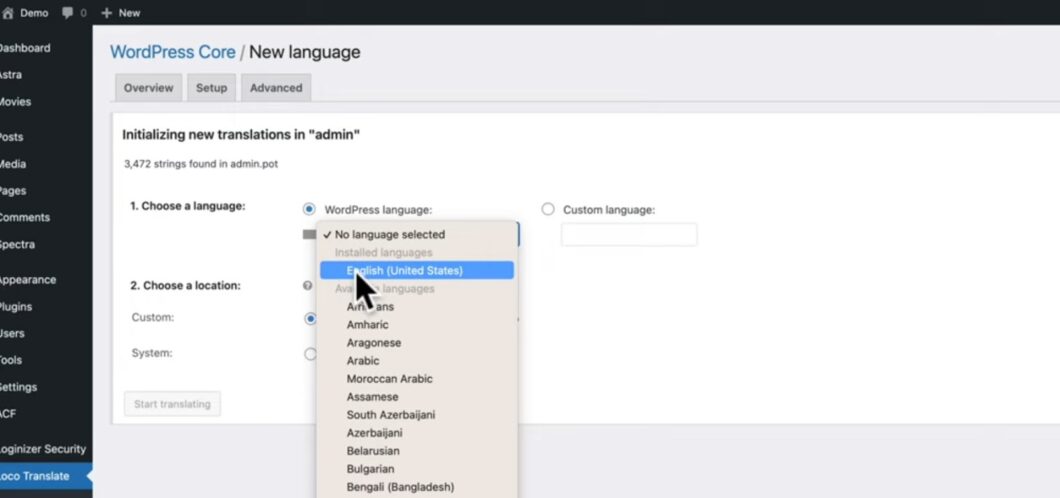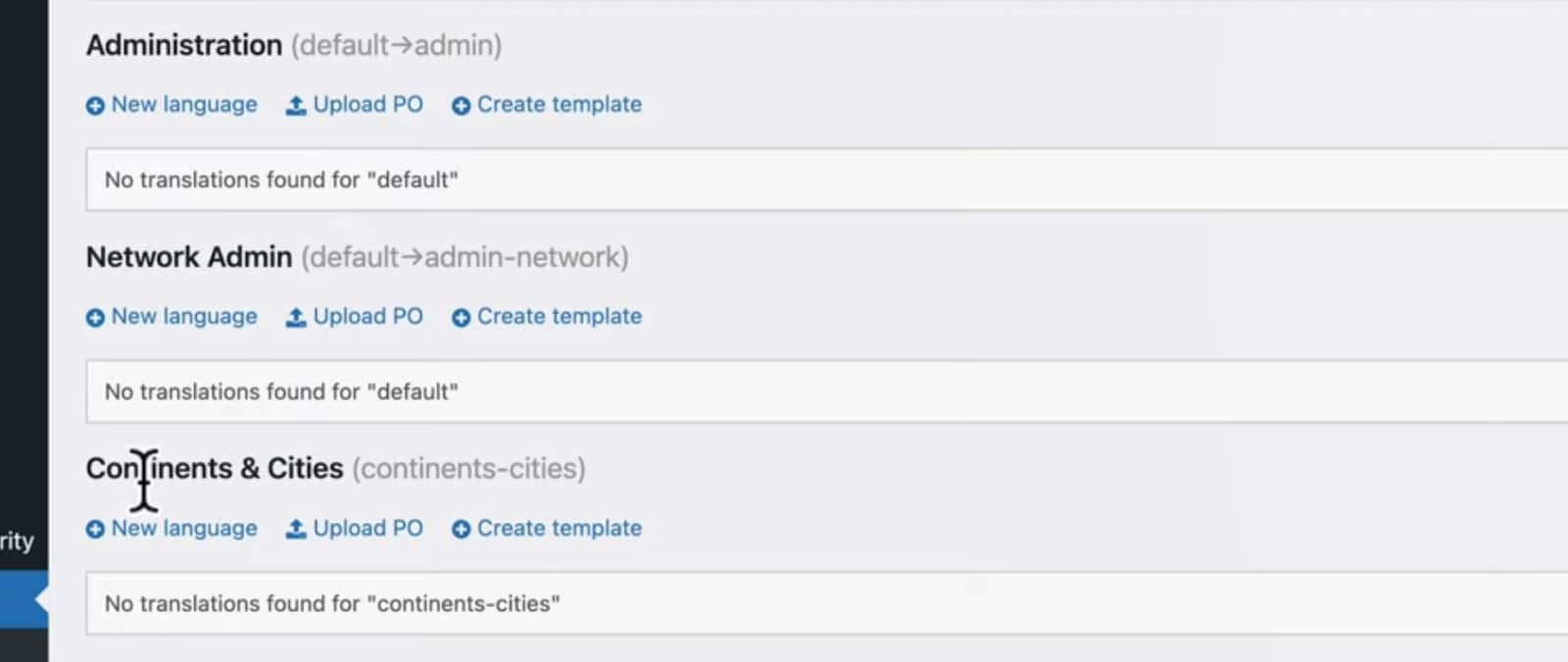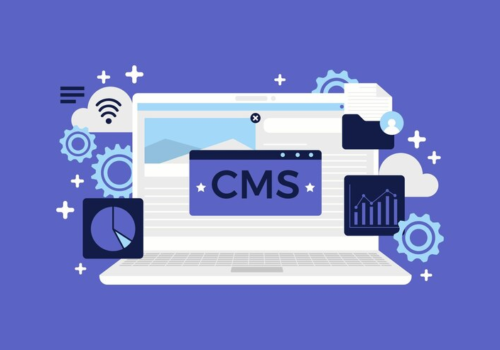Beginner’s Guide to Editing Text in WordPress
Editing text in WordPress is a fundamental skill for website administrators, bloggers, and content creators. Whether you’re updating a blog post, changing the text on your homepage, or tweaking the copy on a landing page, knowing how to edit text effectively in WordPress can greatly impact your website’s quality and user experience. This guide will walk you through the basics of text editing within the WordPress interface.
Accessing the WordPress Editor
Logging into your WordPress dashboard is the first step in managing your website’s content. This requires your username and password, which grants you access to a variety of features and settings to customize and update your site. Once logged in, the dashboard serves as the control center for all your website activities.
For editing text on existing pages or posts, navigate to the ‘Pages’ or ‘Posts’ section within the dashboard. These sections list all the pages and posts you’ve created. Here, you can easily manage your content, whether it’s editing an existing blog post or updating information on a page. Each page and post is accessible with options to edit, allowing you to make changes as needed directly through the WordPress editor.
Creating new content is just as straightforward. Within the dashboard, under the ‘Posts’ or ‘Pages’ menu, you’ll find an ‘Add New’ option. Clicking on this opens up the WordPress editor, a user-friendly interface where you can create new posts or pages from scratch. This editor provides various tools for adding text, images, and other media, making it easy to craft and format your content to match your desired layout and style. Whether it’s updating existing pages or crafting new posts, these steps provide a streamlined process for content management on your WordPress site. With this ease of access and flexibility, WordPress empowers users to keep their websites up-to-date and engaging, essential for maintaining an effective online presence.
Using the WordPress Editor
Understanding the Editor Interface: Navigating the WordPress editor interface is key to efficiently managing your website’s content. The editor is designed to be intuitive and user-friendly, making it accessible even for those new to website management. It consists of two main parts: the toolbar and the content area. The toolbar, typically located at the top, contains various tools for formatting and adding elements to your content. Meanwhile, the content area is the large space below the toolbar, where you actually type and arrange your text, images, and other media.
Adding Text: To add new text to a page or a post, simply click in the content area where you want your text to appear. Once you click, you can start typing immediately. The editor works much like any word processor, allowing you to enter and edit text with ease. This simplicity is one of the reasons why WordPress is such a popular platform for website creation and blogging.
Formatting Options: The WordPress editor provides a range of formatting options to enhance your text. These are accessible from the toolbar. For instance, you can make text bold or italic for emphasis. Bullet points and numbered lists can be used to organize information in a more digestible format, which is particularly useful for creating easy-to-follow content. Additionally, you can format your text with various heading levels (H1, H2, H3, etc.), which is not only beneficial for the structure and readability of your content but also plays a crucial role in SEO.
Each of these formatting tools is designed to be straightforward. By highlighting the text and clicking the appropriate button on the toolbar, you can apply the desired formatting. For example, selecting text and clicking the ‘B’ icon will make it bold. Learning to use these tools effectively can greatly enhance the presentation and impact of your content, making it more engaging and accessible to your audience. Overall, familiarizing yourself with the WordPress editor and its features is essential for creating compelling and professionally formatted content. With a combination of text and formatting options, you can craft posts and pages that not only convey your message but also appeal visually to your site’s visitors.
Advanced Text Editing Techniques
Creating Hyperlinks: A fundamental feature of digital content is the ability to create hyperlinks, which can direct readers to other pages or external websites. In the WordPress editor, inserting links is a straightforward process. You simply highlight the text you want to turn into a link, and then click the link icon in the toolbar. This opens a field where you can enter the URL of the desired webpage. You can link to one of your own pages or posts, or to an external site. Additionally, you have the option to set the link to open in a new tab, which is particularly useful when directing visitors to external content, as it keeps your website open in the user’s browser.
Changing Text Color and Size: Beyond basic formatting, the WordPress editor offers additional options to change the color and size of your text. This can be particularly useful for drawing attention to specific portions of your content or for maintaining consistency with your website’s visual theme. To change the color, you can select the text and choose the desired color from the color picker in the toolbar. Similarly, text size can be adjusted to make certain parts stand out or to create a visual hierarchy in your content. However, it’s important to use these features judiciously to maintain readability and a professional look.
Using Keyboard Shortcuts: For more efficient editing, WordPress supports various keyboard shortcuts. These shortcuts allow you to perform common tasks without having to use the mouse to click toolbar buttons. For instance, shortcuts like Ctrl/Cmd + B for bold and Ctrl/Cmd + I for italics can speed up your formatting process. There are also shortcuts for adding links, headings, and other formatting elements. Familiarizing yourself with these can significantly streamline your workflow and save time, especially when working on longer posts or pages.
Mastering these features of the WordPress editor not only enhances your efficiency but also improves the quality of your website’s content. By effectively using hyperlinks, adjusting text color and size, and employing keyboard shortcuts, you can create more engaging and visually appealing content. This not only benefits the user experience but also reflects positively on your brand or message, making your site more memorable and influential to your audience.
Adding HTML and CSS
- Switching to the Text Editor: WordPress offers two editing modes – the Visual editor and the Text editor. The Text editor is particularly useful for those who want more control over their content’s layout and styling, as it allows for direct editing of HTML. Switching to this mode can be done with a simple click on the ‘Text’ tab, usually found at the top of the editor area. This mode is ideal for users with some knowledge of HTML and CSS, as it bypasses the graphical interface of the Visual editor and presents the raw code of your content;
- Basic HTML Tags: Familiarity with basic HTML tags is essential when using the Text editor. These tags are the building blocks of web content and are used to format text, create links, insert images, and more. For instance, `<p>` tags are used for paragraphs, `<a>` tags for hyperlinks, `<h1>`, `<h2>`, `<h3>` etc., for headings, and `<strong>` or `<em>` for bold and italic text, respectively. Understanding these tags allows for precise control over how content is displayed and structured;
- Inline CSS Styling: For more specific styling options, inline CSS can be a powerful tool. This involves adding CSS directly within HTML tags using the `style` attribute. For example, `<p style=”color: blue;”>` would change the text color of that paragraph to blue. Inline CSS is particularly useful for making quick, unique style adjustments to specific elements without affecting the entire site’s stylesheet. It’s a handy skill for making small, one-off design tweaks that can significantly impact the visual appeal of your content.
Using the Text editor, along with a basic understanding of HTML and inline CSS, opens up a world of possibilities for customizing and enhancing your WordPress content. It gives you the flexibility to implement more complex designs and layouts, tailor-made to suit your specific needs and aesthetic preferences.
Editing Text in Widgets and Custom Post Types
- Using Widgets: Widgets in WordPress are versatile tools that allow you to add various types of content and features to your site’s sidebar, footer, and other widget-ready areas. To edit text in these areas, navigate to ‘Appearance > Widgets’ in your WordPress dashboard. This area displays all the widgetized sections of your theme and the widgets currently active in each section. You can add text widgets to these areas to include custom text, links, or even HTML. For example, a text widget can be used to add a brief bio, display contact information, or insert custom code. The drag-and-drop interface makes it easy to place widgets in the desired areas. Once a widget is added, you can click on it to edit its content, and then save the changes to update your site;
- Custom Post Types: Custom post types are a powerful feature in WordPress, allowing you to create a wide range of content types beyond the default posts and pages. Examples include portfolios, testimonials, or products in an e-commerce site. If your site uses custom post types, editing text in them is similar to editing standard posts or pages. You can find these custom post types in your dashboard, often with their own menu item. Clicking on them will display a list of existing items, and you can add new ones by selecting ‘Add New’ within that specific post type’s menu. The editor interface for custom post types usually resembles that of standard posts, offering the same options for adding and formatting text. However, depending on how the custom post type is set up, there might be additional fields or options specific to the type of content you’re managing.
Whether you’re adding text to widgets for additional information and features, or managing content in custom post types, WordPress provides a comprehensive set of tools that cater to a variety of content editing needs. These functionalities enable you to enhance your website’s usability and display content tailored to your audience and your site’s specific requirements.

Tips for Effective Text Editing
- Consistency in Style: Maintain a consistent style across your website for a professional look;
- Proofreading: Always proofread your text for errors before publishing;
- SEO Considerations: Be mindful of keywords and readability for better search engine optimization.
Conclusion
Editing text in WordPress is a straightforward process, but it requires attention to detail and an understanding of the platform’s features. By mastering text editing, you can ensure that your website communicates effectively with your audience and maintains a professional and engaging online presence. The WordPress editor, whether in its Visual or Text mode, offers a user-friendly interface, making it accessible even for those new to web content creation. However, to fully leverage its capabilities, familiarity with various editing tools and options is essential.
A key aspect of effective text editing in WordPress is formatting. Properly formatted text not only enhances readability but also helps in structuring content in a more organized and visually appealing manner. Utilizing headings, bullet points, and text alignment, for instance, can greatly improve the user experience. Moreover, the ability to create hyperlinks within your text is crucial for guiding visitors to additional resources, either within your website or to external sites, enriching the overall content value.
Additionally, understanding how to use widgets and custom post types expands the possibilities for content creation and management. Widgets allow for the inclusion of text in various parts of your site, such as sidebars and footers, thereby increasing functionality and user engagement. Custom post types, on the other hand, provide flexibility in managing different kinds of content, from products in an e-commerce store to portfolio items, each potentially requiring unique text formatting and styling. In conclusion, mastering text editing in WordPress is not just about adding and formatting text, but also about utilizing the platform’s comprehensive features to create a cohesive, well-structured, and visually appealing website. This skill is crucial for anyone looking to establish a strong online presence, as it directly impacts how effectively your website communicates with and engages your audience.





